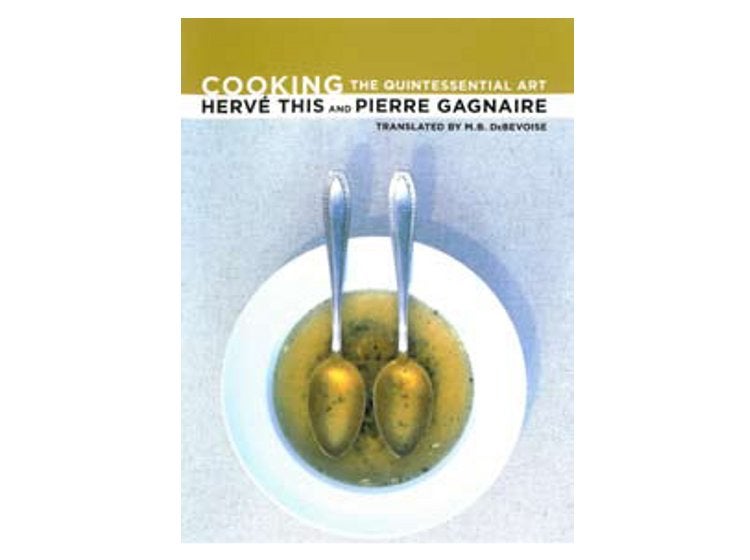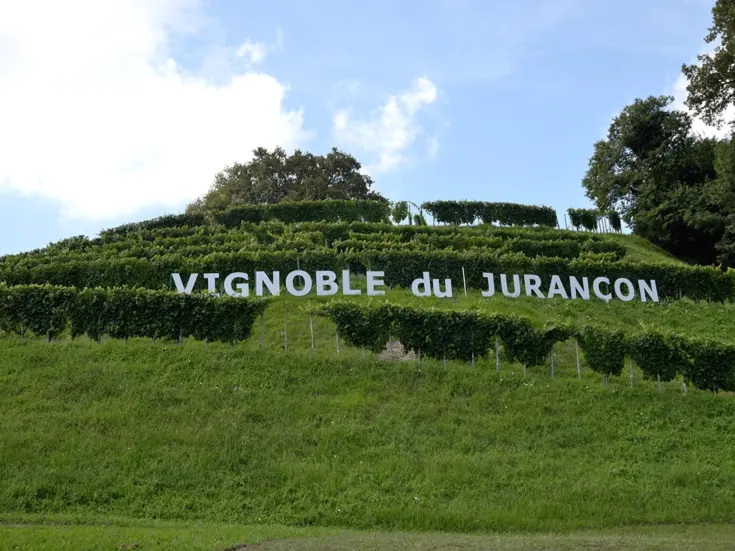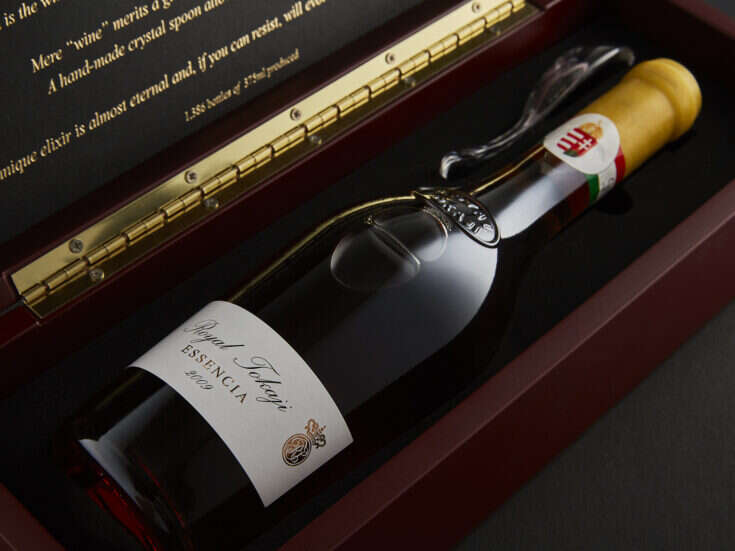
Hervé This and Pierre Gagnaire
Cooking: The Quintessential Art (translated by MB DeBevoise)
Published by University of California Press $27.50/£16.95
Reviewed by Stuart Walton
The question of whether cooking can legitimately be considered an artform just won’t go away. It was uppermost in gastronomes’ minds during the highwater mark of nouvelle cuisine in the 1980s, when the visual arrangements and often savage denaturing of its ingredients appeared to have ushered in a new, and vastly influential, creative impulse among chefs. In a sense, though, the question of whether the appreciation of taste can be set beside the aesthetic exercises of the eye and ear involved in the reception of the visual arts and of music dates back to the Socratic schools of Athens.
In our own era, cooking is famously a science. There are chefs the world over in love with the laboratory approach to cooking, employing anything from centrifuge machines to ink-jet printers, and there is now a far greater chasm between professional cooking and our own pottering about in our kitchens than ever yawned between New York nouvelle and a New England clambake. All this makes cooking an ever more highly skilled craft. But we might worry, as we hesitate over a dish billed as “roast foie gras benzaldehyde with almond fluid gel,” is it art? And does it matter?
Hervé This has one foot firmly in the art camp. The other, as may be gleaned from his earlier Molecular Gastronomy: Exploring the Science of Flavor (2005), is in the laboratory. It seems possible to advocate both positions, just as figurative painters needed to understand the science of mixing pigments, or Renaissance artists came to master the geometrical complexities of perspective. His coauthor is one of France’s most garlanded chefs.
The product of their collaboration is as bizarre a creation as anything on the menu in Rue Balzac. It takes the form of a series of Socratic dialogues (or tetralogues) among two couples roaming Paris, followed by culinary experiments, in which This sets Gagnaire a gustatory problem and the chef responds by producing an artist’s impression of a recipe, which you might well try at home.
An exploration of the way in which color might deceive our sense of taste has Gagnaire rubbing a turbot with vadouvan (an Indian-spiced onion paste) before roasting it whole, and serving it with quartered pears and cucumber juice. Salt and sweet are combined in the more obvious combination of a soft cheese with red fruit, in this case Camembert with raspberries, but lovage is thrown in for good measure. Discard that boring circular crockery, and serve a row of sorbets along one of those ubiquitous rectangular plates, the English name for which turns out, inelegantly but somehow typically, to be a “gutter.”
All this is hedged about by learned conversations among the French folk, who are as well versed in the currents of western aesthetics-from Aristotle, to Spinoza-as they are at appreciating a juniper-stuffed quail when regaled with one. It is food as intellectual proposition and, as such, as richly pertinent an addition to the UCP series California Studies in Food and Culture as its publisher could have wished.







